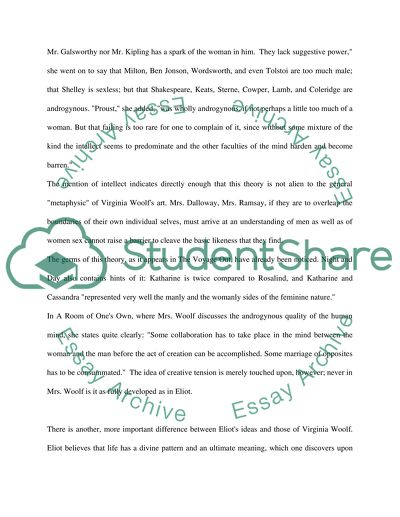Cite this document
(“Virginia Woolf, A Room of One's Own & Orlando Book Report/Review”, n.d.)
Retrieved from https://studentshare.org/literature/1514912-virginia-woolf-a-room-of-ones-own-orlando
Retrieved from https://studentshare.org/literature/1514912-virginia-woolf-a-room-of-ones-own-orlando
(Virginia Woolf, A Room of One'S Own & Orlando Book Report/Review)
https://studentshare.org/literature/1514912-virginia-woolf-a-room-of-ones-own-orlando.
https://studentshare.org/literature/1514912-virginia-woolf-a-room-of-ones-own-orlando.
“Virginia Woolf, A Room of One'S Own & Orlando Book Report/Review”, n.d. https://studentshare.org/literature/1514912-virginia-woolf-a-room-of-ones-own-orlando.


